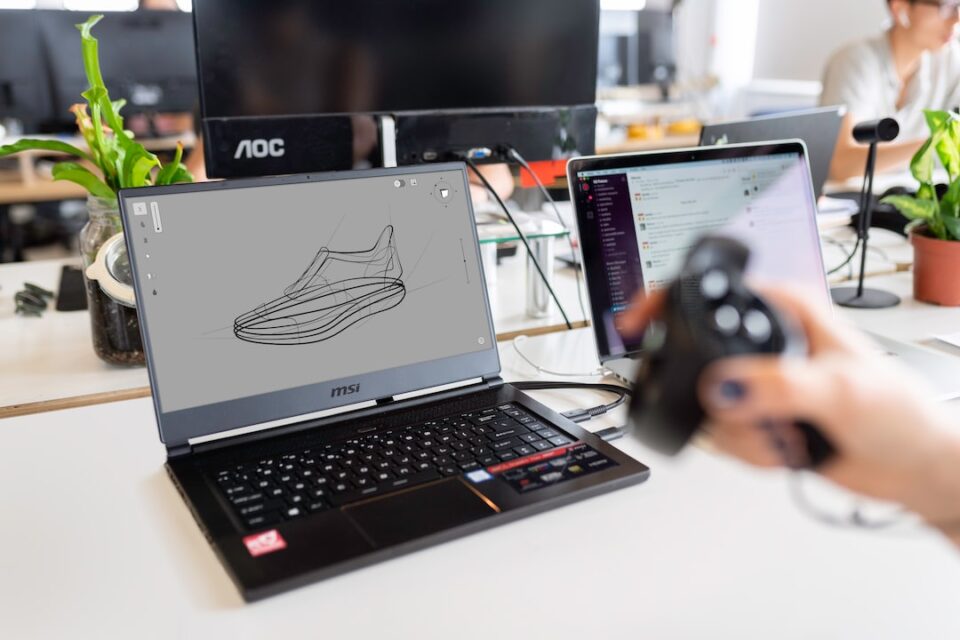From Concept to Reality: Engineering Design Processes
The world we live in is filled with countless marvels of engineering, from towering skyscrapers to intricate bridges and advanced technologies. But have you ever wondered how these engineering wonders come to life? Behind every great engineering feat lies a carefully thought-out design process that takes an idea from concept to reality.
Engineering design processes are essential for transforming ideas and concepts into tangible and functional structures. These processes are not only crucial for creating innovative solutions but also ensure that the final product meets safety standards, is cost-effective, and performs optimally.
The journey from concept to reality starts with a problem or a need that requires a solution. This may arise from a desire to improve existing technologies or to create something entirely new. Engineers, armed with their knowledge and expertise, begin the process by clearly defining the problem and setting objectives for their design.
Once the problem is established, thorough research is conducted to gather as much information as possible. This may involve studying existing solutions, surveying user needs, and analyzing technical limitations. The research phase allows engineers to gain insights into potential challenges and helps in identifying design criteria, such as performance requirements, constraints, and budgets.
With a solid foundation of knowledge and understanding, engineers can now move on to the conceptualization phase. This is where the creative process begins, as ideas are generated and evaluated. Different concepts are explored, and their feasibility is assessed against the established design criteria.
During this phase, engineers use various tools and techniques for brainstorming, sketching, and prototyping. Computer-aided design (CAD) software allows engineers to create detailed 3D models that help visualize how the final product will look and function. Particular attention is given to factors such as size, shape, materials, and assembly techniques.
Prototyping plays a crucial role in the design process, as it allows engineers to test different concepts and identify any flaws or improvements needed. Prototypes can range from simple models made of paper or clay to functional prototypes that closely resemble the final product. By conducting tests and simulations, engineers can evaluate the performance and usability of the design, making necessary adjustments to achieve the desired outcome.
Once a feasible concept is selected, engineers move on to the detailed design phase. This involves creating comprehensive engineering drawings and specifications that provide precise instructions for manufacturing and construction. These drawings specify dimensions, tolerances, materials, and other essential details required to ensure accuracy and compatibility.
At this stage, engineers collaborate with other experts, such as structural and mechanical engineers, to address specific design aspects. They consider factors like structural stability, mechanical performance, and material properties to ensure the design is robust and reliable.
The detailed design phase is followed by the manufacturing or construction phase. Depending on the nature of the project, this may involve sourcing materials, coordinating with suppliers, and overseeing the fabrication processes. Engineers closely monitor quality control to ensure that the final product adheres to the design specifications.
During the manufacturing or construction phase, engineers must also consider environmental factors and sustainability. Measures are taken to minimize energy consumption, reduce waste, and utilize renewable materials wherever possible. Engineers strive to create designs that are not only functional but also socially responsible and environmentally friendly.
The final step in the engineering design process is the testing and validation phase. This involves rigorous testing to ensure that the product meets the desired performance criteria, complies with regulations, and is safe for use. Various tests and simulations are conducted, including stress tests, endurance tests, and functional tests.
Feedback from users and stakeholders is invaluable during this phase, as it helps identify any areas that require improvement. Iterative cycles of testing and refining the design may take place until the desired performance is achieved.
In conclusion, engineering design processes are a systematic and structured approach to transform ideas into reality. These processes involve problem definition, research, conceptualization, detailed design, manufacturing or construction, and testing and validation. Through careful consideration of technical, economic, and societal factors, engineers create innovative and sustainable solutions that shape the world we live in. It is the combination of creativity, expertise, and attention to detail that allows engineering design to bridge the gap between concept and reality.

